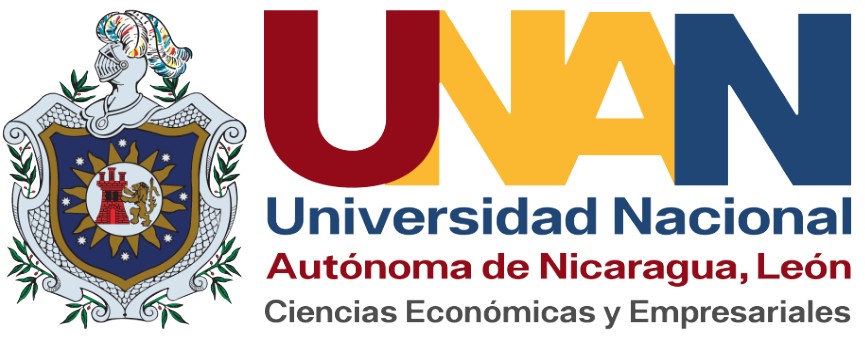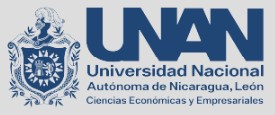Apicultura en el occidente de Nicaragua, la experiencia de los productores rurales del municipio El Viejo.
DOI:
https://doi.org/10.5377/aes.v1i2.11446Palabras clave:
producción, comercialización, apicultura, organizaciónResumen
La miel es un producto natural muy antiguo. En el contexto nicaragüense, la apicultura orgánica es la más practicada, pese a que solamente el 19% de la producción está debidamente certificada y tan sólo el 31% de los apicultores cuentan con la certificación necesaria para distribuir miel orgánica. El municipio de El Viejo es uno de los principales focos de concentración de colmenas en la zona de occidente, volviendo a la apicultura una práctica común en la región entre los productores de la zona. La miel es el producto más popular derivado de la producción apícola, es por ello que este estudio viene impulsado a darle mayor protagonismo a este rubro, y siendo un bien de naturaleza agroindustrial, el análisis de su proceso productivo y posterior comercialización se considera de vital importancia para comprender de una forma más clara todos los eslabones involucrados en la transformación de este bien, que cada vez tiene mayor presencia dentro del abanico de exportaciones del país. El estudio es de carácter descriptivo, de enfoque cuantitativo y de diseño no experimental, empleándose como instrumentos de recolección de información la entrevista aplicada a un funcionario de la Fundación Líder y la encuesta a 49 productores de miel de la zona. Los apicultores en estudio se encuentran organizados en su mayoría de manera colectiva, asociados bajo la tutela de Fundación Líder, quien les proporciona materiales e insumos, se evidencia que existen factores que afectan a la producción de miel de manera negativa, destacándose los tiempos de sequías y los vientos fuertes que provocan un aumento de la mortalidad en las abejas, la apicultura en esta zona se caracteriza por una producción artesanal y una cadena de comercialización corta.
Descargas
Citas
Anacafé. (2004). portal.anacafé. Obtenido de http://portal.anacafe.org/Portal/Documents/Documents/2004-
Barragán, M. (2017). Apicultura Campesina una alternativa para el desarrollo rural. Colombia: Santander.
CECASEM. (julio de 2013). saludpublica. Obtenido de saludpublica: http://saludpublica.bvsp.org.bo/cc/bo40.1/documentos/584.pdf
Cuenta Reto del Milenio. (25 de octubre de 2017). cenida. Obtenido de https://cenida.una.edu.ni/relectronicos/RENL01B715.pdf
Martínez, A. (01 de junio de 2015). Clima afecta producción de miel. FIN, pág. 1.
Romero, M. (2016). La crianza de abejas como estrategia de diversificación : análisis de las cadenas de miel en El Tuma-La Dalia. Nitlapán UCA, 2.
Swiscontact Nicaragua. (2010). mific. Obtenido de mific: http://www.mific.gob.ni/Portals/0/Portal%20Empresarial/estudio%20mercado%20de%20
Publicado
Cómo citar
Número
Sección
Licencia
Derechos de autor 2020 Universidad Nacional Autónoma de Nicaragua, León (UNAN León)

Esta obra está bajo una licencia internacional Creative Commons Atribución-NoComercial-CompartirIgual 4.0.














